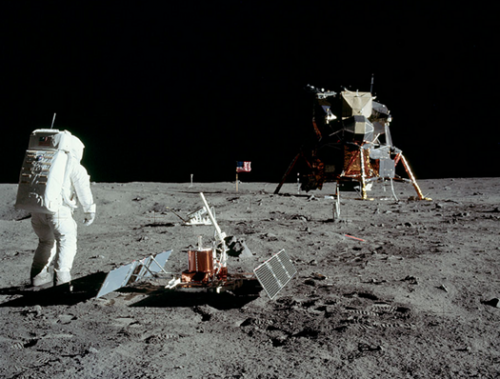Inventing is a great way to leave your mark on the world, but in some unfortunate circumstances, inventions have been known to leave the mark of death on their inventors. A few years ago, we wrote a post about five inventors who were killed by their own inventions, but that is not the full extent of these poor creators. Here are five more people whose own inventions resulted in their untimely demise.
Marie Curie
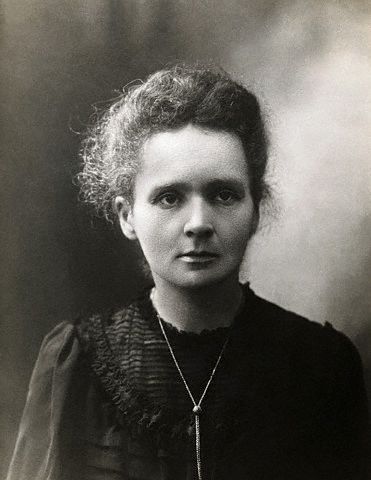
Perhaps the most influential inventor on this list is Maria Sklodowska-Curie. Maria co-discovered both radium and polonium and revolutionized modern chemistry when she discovered a method to isolate radioactive isotopes. She was so well-respected that she became the first female professor at the University of Paris. If that weren’t impressive enough, she was not only the first woman to receive a Nobel Prize, she was also the first person to receive two Nobel Prizes. Even the word “radioactive” was her creation.
Unfortunately, being one of the first researchers to work with radioactive particles, she did not understand the dangers they presented to the human body. Most of her work was carried out in a shed without any protective measures whatsoever. Eventually, she died from aplastic anemia caused by extensive exposure to ionized radiation that emanated from her research materials.
Her shed has now been converted to a museum, but her paperwork, even her cookbook, is so radioactive that they are too dangerous to handle without protective gear and are stored in lead-lined boxes.
Horace Lawson Hunley
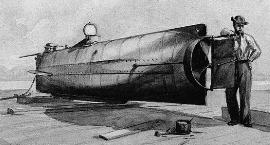
Horace had a number of careers, serving as a legislator, a lawyer and a confederate marine engineer in his short 40 years, but it was his role as a marine engineer that he will be best remembered for. Horace was the inventor of the first combat submarine. His creation, the H.L. Hunley, was known to be dangerous after five out of nine crew members died on the device’s first run in an attempt to attack the Union blockade in the Charleston Harbor, but that didn’t stop the inventor or the confederacy from investing more time and manpower into the device.
Like any good inventor, Horace knew he couldn’t quit. He kept working on the sub and was so willing to stand by his work that he served on the second run to attack the blockade. Again the sub sank, this time killing all eight crew members, including Horace.
Determined not to give up, the confederates recovered the sub and made a third attempt to attack the blockade. This time they were successful and Horace’s invention went down in history for being the first sub to bring down an enemy ship. Unfortunately for the crew, the sub still wasn’t safe and it sank shortly after the attack, without even being struck, and all nine crew members died.
This time, the Hunley was allowed to stay underwater. Lost for 132 years, the sub was eventually discovered just outside of Charleston Harbor in the middle of the Atlantic.
Li Si
You may have heard the rumors that Dr. Joseph-Ignace Guillotin was killed by his own invention, the guillotine, but as it turns out, he not only died from natural causes, he didn’t even invent the guillotine. He simply served on a panel that had set out to develop a more humane way to execute criminals. Guillotin suggested a simple device that would behead the victim quickly and painlessly, paving the way for the invention paving his namesake.
On the opposite side of the spectrum though, was Li Si, a Prime Minister who served under the first emperor of China. Li Si wrote many of the state’s policies and invented one of its most cruel execution methods, The Five Pains. This torture method involved cutting off the victim’s nose, then one of his hands, then one of his feet, then his manhood, and finally, the man would be cut in half at the waist. He would then be left to suffer until he finally bled to death.
After the first emperor passed on, his son took over and Li Si faithfully served him, until he died. Li Si knew he would have lost position as Prime Minister, so he manipulated the emperor’s chosen successor into killing himself. Unfortunately for Li Si, his accomplice in the act quickly turned on him and had him charged with treason. Li Si was executed using his own devious method, The Five Pains.
John Godfrey Parry-Thomas
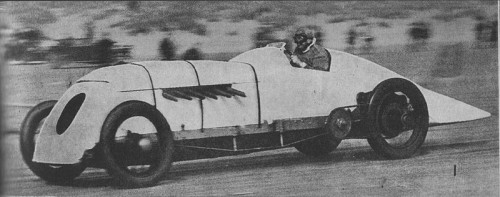
Both a race-car driver and an engineer, John Godfrey Parry-Thomas was in a unique position to attempt to beat the land speed record. He was quite the talented engineer and he was able to rebuild a car to be powered by a Liberty V-12 aero-engine. He also added a number of his own modifications, including his own piston designs and chains attaching the wheels directly to the engine. By the time he was done, he had the first car ever dedicated exclusively to beating the land speed record, rather than just racing in the auto circuit.
His car, Babs, was a success. On April 27, 1926, John beat the existing land speed record. The next day, he came back to break his own record, locking in an impressive 170 mph speed. A year later, the previous record holder reclaimed the record, so John set out to beat him again.
Babs was a fast car, but it wasn’t the safest design. For one thing, the high engine cover required the driver to lean to one side to be able to see. For another, the external chains could easily get caught on something or, if broken, they could fly off in any direction. Unfortunately for John, the later problem occurred when the car was going 170 mph. Because John’s head was tilted off to the same side, the chain ended up smacking him in the head, killing him instantly. John went down in history not as a one-time land speed record holder or a talented engineer, but as the first driver to be killed in pursuit of the land speed record.
Aurel Vlaicu
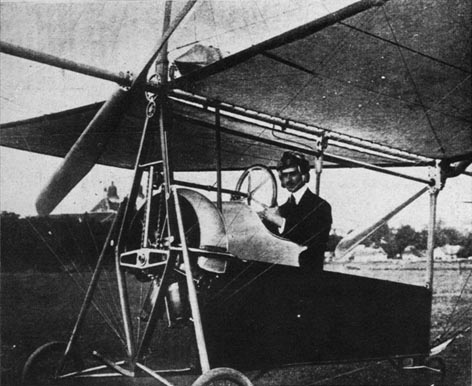
Aurel started his career working in a Romanian car factory, but the engineer’s true passion was flight. In 1909, he built his first glider and a year later, he flew his first invention, the Vlaicu I airplane. He continued to work on the design and he and his Vlaicu II model won awards for precise landing, projectile throwing and tight flying in the Aspern Air Show in Vienna.
While working on his newest development, the Vlaicu III, Aurel took a trip to Transylvania in his aged second-generation plane. While he was flying over the Carpathian Mountains, the plane lost its wing and Aurel died in the crash.
After his death, Aurel’s friends completed the Vlaicu III, but though it was taken on a few short test runs, no one could extensively test the plane’s capabilities because Aurel’s control system was too strange for anyone else to figure out all the way. Eventually, the Nazi’s seized the plane during their occupation of Budapest and it was lost at some point during the war.
Romania was proud of their native notable aviation engineer though and the Bucharest airport, the second busiest in the country, is now named after him.
Sources: The Atlantic, Discovery, Wikipedia #1, #2, #3, #4, #5, #6
Read More:
Five More Inventors Killed By Their Own Creations



